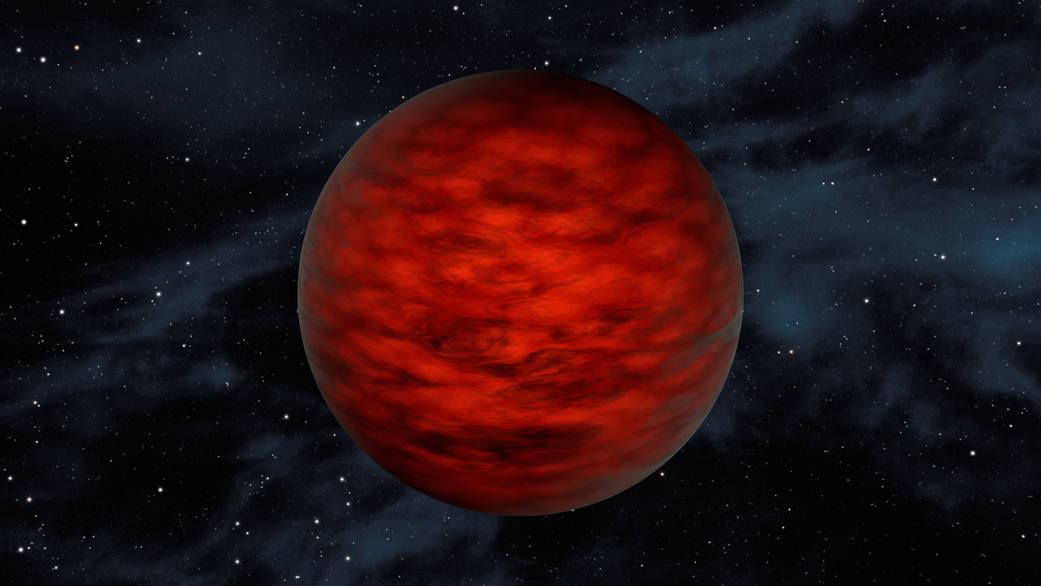Scientists have discovered at a distance of 400 light-years from the Sun an incredibly fast object that is moving through interstellar space. Based on its mass and size, it must be a brown dwarf. It may well have come to us from another galaxy.

Unknown object near the Solar System
Using the Keck II telescope, astronomers have discovered an object that may be a brown dwarf or low-mass star exhibiting a very high radial velocity. CWISE J124909.08+362116.0 is about 400 light-years away. The discovery was reported on July 11 on the arXiv preprint server.
Brown dwarfs are intermediate objects between planets and stars, occupying a mass range of 13 to 80 Jupiterian (0.012 and 0.076 solar masses). They form like ordinary luminaries, but are not massive enough to support thermonuclear fusion of hydrogen in the core.
A team of astronomers led by Adam Burgasser of the University of California, San Diego, reports the discovery of a new object at the mass boundary of a brown dwarf and a star.
Using the Near-Infrared Echellette Spectrometer (NIRES) on the Keck II telescope, they studied CWISE J124909.08+362116.0 (or CWISE J1249+3621 for short), a faint red source with high proper motion first discovered by amateur scientists. As a result, it turned out that the source belonged to a rare type of hypervelocity subdwarfs.
Speed and other parameters CWISE J1249+3621
According to the study, CWISE J1249+3621 has a large radial velocity, at 103 km/s. This gives a galactic rest frame speed of 456 km/s, which corresponds to 1530 light-years in one million years. Given that this result is slightly lower than the speed of galaxy expansion within the radius of the Sun, which is now estimated at 521-580 km/s, astronomers conclude that this object has a significant probability of being unrelated to the Milky Way.
Observations have shown that CWISE J1249+3621 has a mass of about 0.082 solar masses and its effective temperature is estimated to be 1.715-2.320 K. The metallicity of CWISE J1249+3621 was measured to range from -1.4 to -0.5.
Origin of object CWISE J1249+3621
Based on the data collected, the authors of the paper suggest that CWISE J1249+3621 is most likely not an L-type brown dwarf. They emphasize that it may be the first known low-mass hypervelocity star and the closest object of this type to Earth.
In trying to determine the origin of CWISE J1249+3621, researchers are considering several different hypotheses, including ejection from the galactic center more than three billion years ago or survival as a companion to a white dwarf that accreted and exploded.
Further studies of the physical and atmospheric properties of this object are required to elucidate its true origin.
According to phys.org


